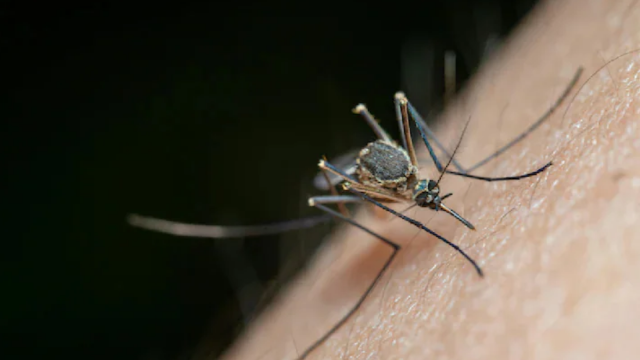20 Aug 2025 : Every year on World Mosquito Day, observed on August 20, global health experts highlight the dangers posed by mosquitoes, often dubbed the “world’s deadliest creature.” While malaria has historically been the most discussed mosquito-borne disease, experts caution that Indians must also remain vigilant against a wider range of infections that continue to rise in prevalence.
Why World Mosquito Day Matters
The day commemorates Sir Ronald Ross’s 1897 discovery that female Anopheles mosquitoes transmit malaria, a finding that revolutionized public health. Today, World Mosquito Day serves as a reminder of both progress made and challenges that remain in combating mosquito-borne illnesses.
Beyond Malaria: Key Diseases Threatening India
- Dengue Fever
Spread by the Aedes aegypti mosquito, dengue has become a recurring seasonal menace in Indian cities. Cases spike during the monsoon, overwhelming hospitals with patients suffering from high fever, joint pain, and in severe cases, hemorrhagic fever. According to health ministry data, dengue cases in 2024 crossed 2.5 lakh nationwide. - Chikungunya
Also transmitted by Aedes mosquitoes, chikungunya causes fever and prolonged joint pain that can last for months. While rarely fatal, its impact on quality of life is severe, particularly for the elderly and those with pre-existing health issues. - Zika Virus
Though less common, Zika remains a concern because of its link to birth defects like microcephaly. Sporadic outbreaks in India in recent years underscore the need for continuous surveillance. - Japanese Encephalitis (JE)
Prevalent mainly in rural areas, JE is spread by Culex mosquitoes and affects the brain, leading to seizures, coma, or death. Vaccination drives in endemic states have helped, but sporadic outbreaks still occur. - Lymphatic Filariasis
Commonly known as elephantiasis, this disease is spread by several mosquito species. It causes severe swelling in limbs and genitals, leading to disability and stigma. India has pledged to eliminate filariasis by 2030, but consistent prevention efforts are needed.
Rising Challenges
Climate change, rapid urbanization, and poor waste management have expanded mosquito breeding grounds. Warmer temperatures and erratic rains are allowing mosquitoes to thrive in areas previously unaffected, widening the geographic spread of diseases.
Health experts warn that while malaria control has improved, complacency could be dangerous. “We can’t afford to think of mosquitoes only as malaria carriers. The bigger picture includes dengue, chikungunya, Zika, and more,” said a senior epidemiologist at AIIMS.
Prevention is Key
The Ministry of Health has urged citizens to adopt simple preventive steps:
- Use mosquito nets and repellents.
- Remove stagnant water from surroundings.
- Support vaccination campaigns in endemic areas.
- Seek immediate medical attention for fever with rash, joint pain, or neurological symptoms.
Conclusion
On World Mosquito Day 2025, the message is clear: while India has made strides in controlling malaria, the battle against mosquito-borne diseases is far from over. Protecting communities requires vigilance, prevention, and awareness of the broader spectrum of threats.
Summary:
On World Mosquito Day 2025, experts urge Indians to look beyond malaria and remain alert against dengue, chikungunya, Zika, Japanese Encephalitis, and filariasis—mosquito-borne diseases spreading faster due to climate change and urbanization.


